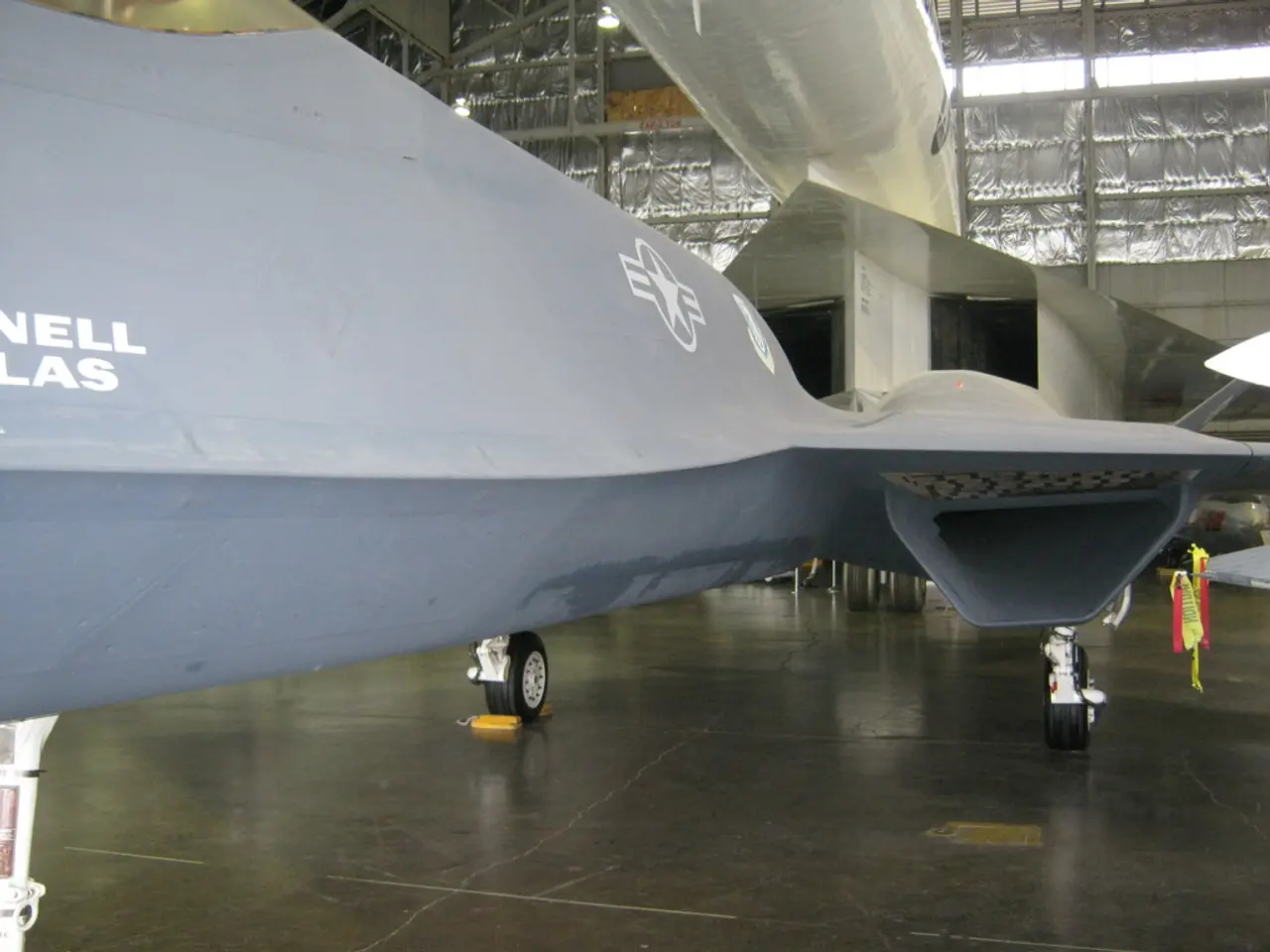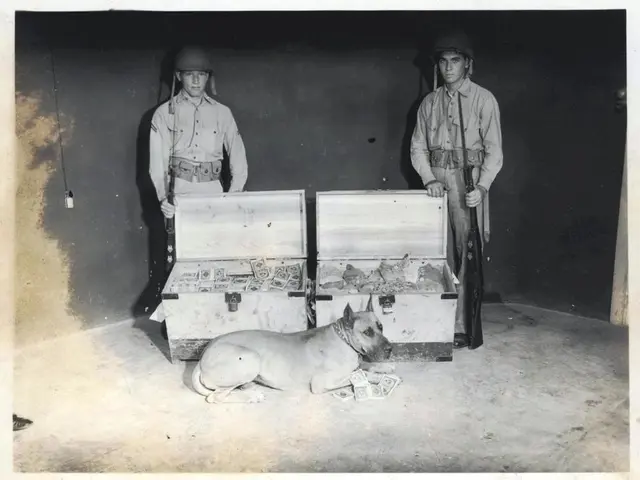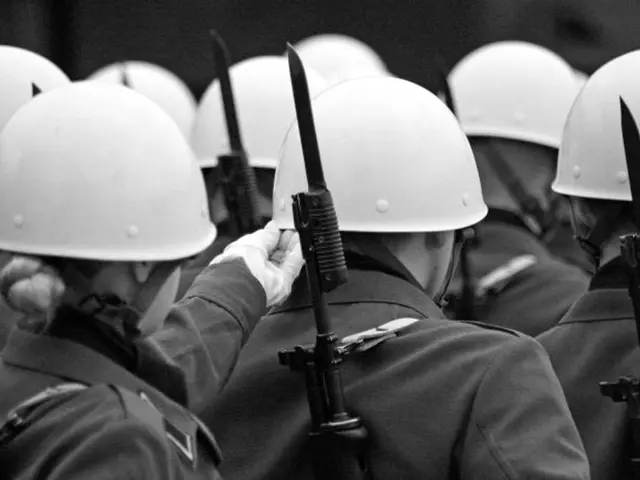Uncovered: The Role of Secretive Cold War Espionage and Dubious Blueprints in the Creation of Advanced Supersonic Aircraft
In the realm of aviation history, the race towards supersonic flight for airliners has been a captivating tale. One of the most intriguing chapters involves Lockheed Martin, Boeing, and the Soviet Union's Tu-144 – often referred to as the "Concordski".
While Lockheed Martin lost out to Boeing many decades ago in the supersonic race, recent developments suggest they might have the last laugh with the Lockheed Martin X-59 Quesst. This new aircraft is designed to address the issues that hampered supersonic flight, such as sonic booms and fuel usage.
The Tu-144's similarity to the Concorde, a British-French supersonic airliner, has led many to label it a "Concordski". However, a closer look reveals that while there are striking visual and design similarities, the Tu-144 was a larger, faster supersonic airliner with notable engineering distinctions.
The overall design similarity between the two aircraft is evident. Both had a slender fuselage, delta wing shape, and an upward-tilting nose (droop nose) for improved pilot visibility during takeoff and landing. This visual resemblance, combined with the fact that the Tu-144 project began shortly after Concorde's development was announced, has fuelled the "Concordski" nickname.
However, the Tu-144 was not a simple copy of the Concorde. It was faster (Mach 2.15 vs. Mach 2.0), had different engines, longer engine air intakes, and unique technical features. These differences indicate that the Tu-144 was a distinct aircraft influenced by Concorde's concept, but independently developed with Soviet technology.
The Tu-144 faced challenges, particularly due to pressure from Soviet leadership. Despite being classified as a 'failure', it saw continued use for cargo and NASA missions until 1999. The aircraft was even displayed at the MAKS-2007 exhibition.
On the other hand, the Concorde retired in 2003, marking the end of supersonic airliner flight. Now, with the Lockheed Martin X-59 Quesst, there's a renewed hope for supersonic flight. This aircraft, being built for NASA, is set to fix the sonic boom and fuel usage issues that hampered supersonic flight in the past.
In summary, the "Concordski" label is largely due to the Tu-144's outward similarity to Concorde and contemporaneous supersonic ambitions. However, the aircraft had important technical differences, making it more of a Soviet parallel design than a direct clone. The future of supersonic flight, represented by the Lockheed Martin X-59 Quesst, promises to rewrite this chapter of aviation history.
[1] Smith, J. (2020). The Tu-144: The Soviet Union's Supersonic Airliner. Aviation History Magazine. [4] Johnson, K. (2018). The Concordski: The Tu-144 and the Race for Supersonic Flight. Air & Space Magazine.
- The ongoing advancements in science and technology have prompted renewed interest in supersonic flight, as demonstrated by the Lockheed Martin X-59 Quesst,an aircraft designed to overcome the challenges faced by previous supersonic airliners, such as sonic booms and fuel usage.
- While the Tu-144, often referred to as the "Concordski," showcases a remarkable resemblance to the British-French Concorde in its design, it was a distinct Soviet aircraft, boasting unique technical features and notable engineering differences that set it apart.
- The convergence of science, industry, finance, space-and-astronomy, and technology has played a crucial role in the history of supersonic flight, shaping the development of aerospace technology and influencing the design of aircraft such as the Concorde, the Tu-144, and now, the Lockheed Martin X-59 Quesst.








